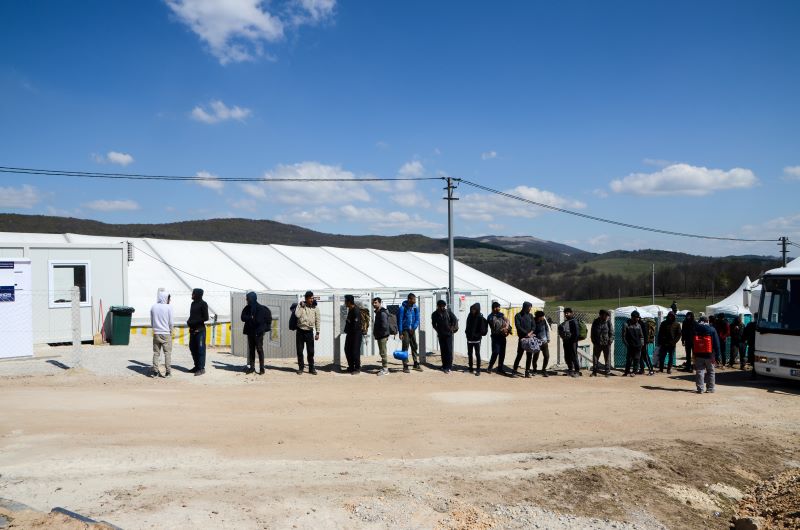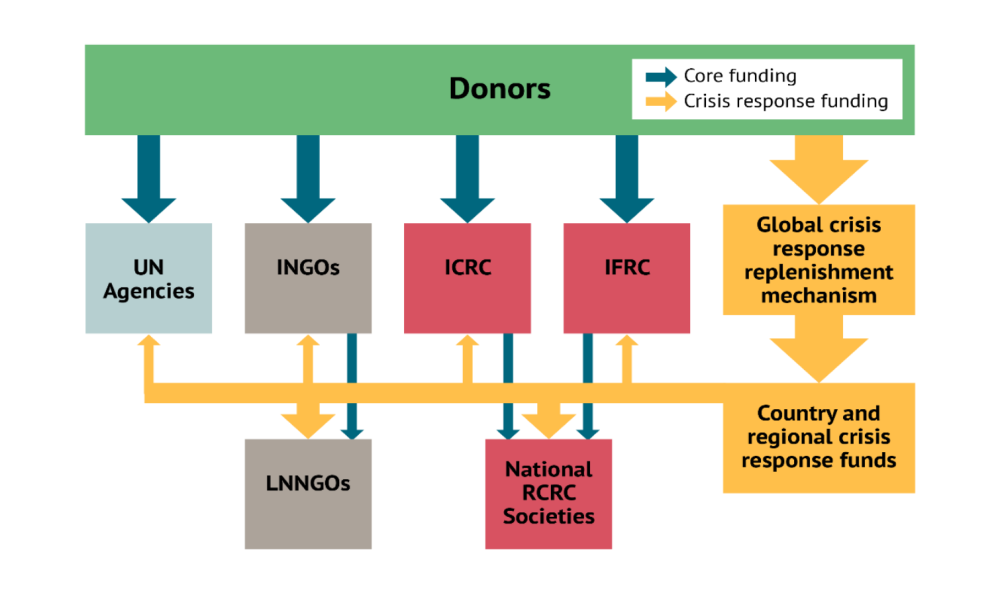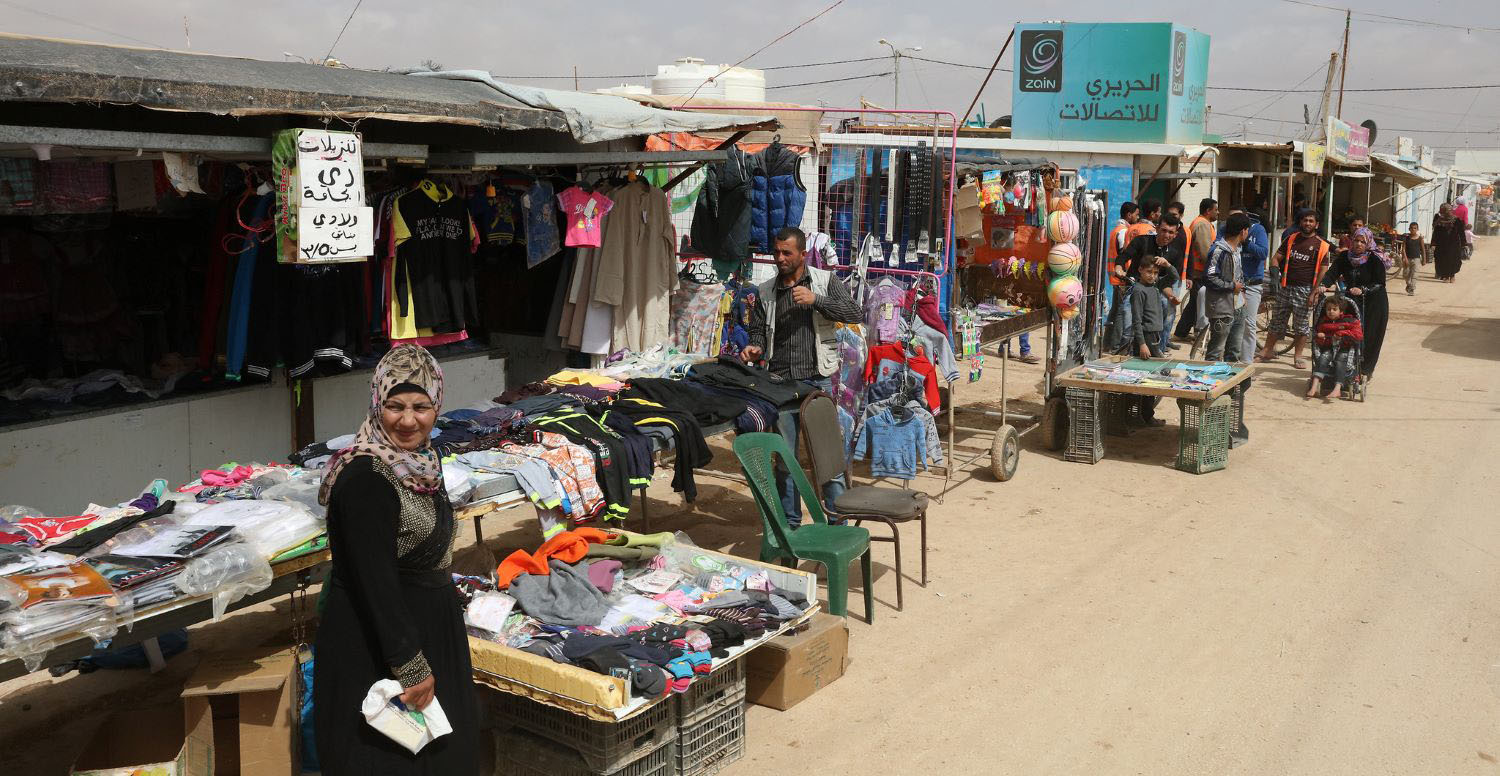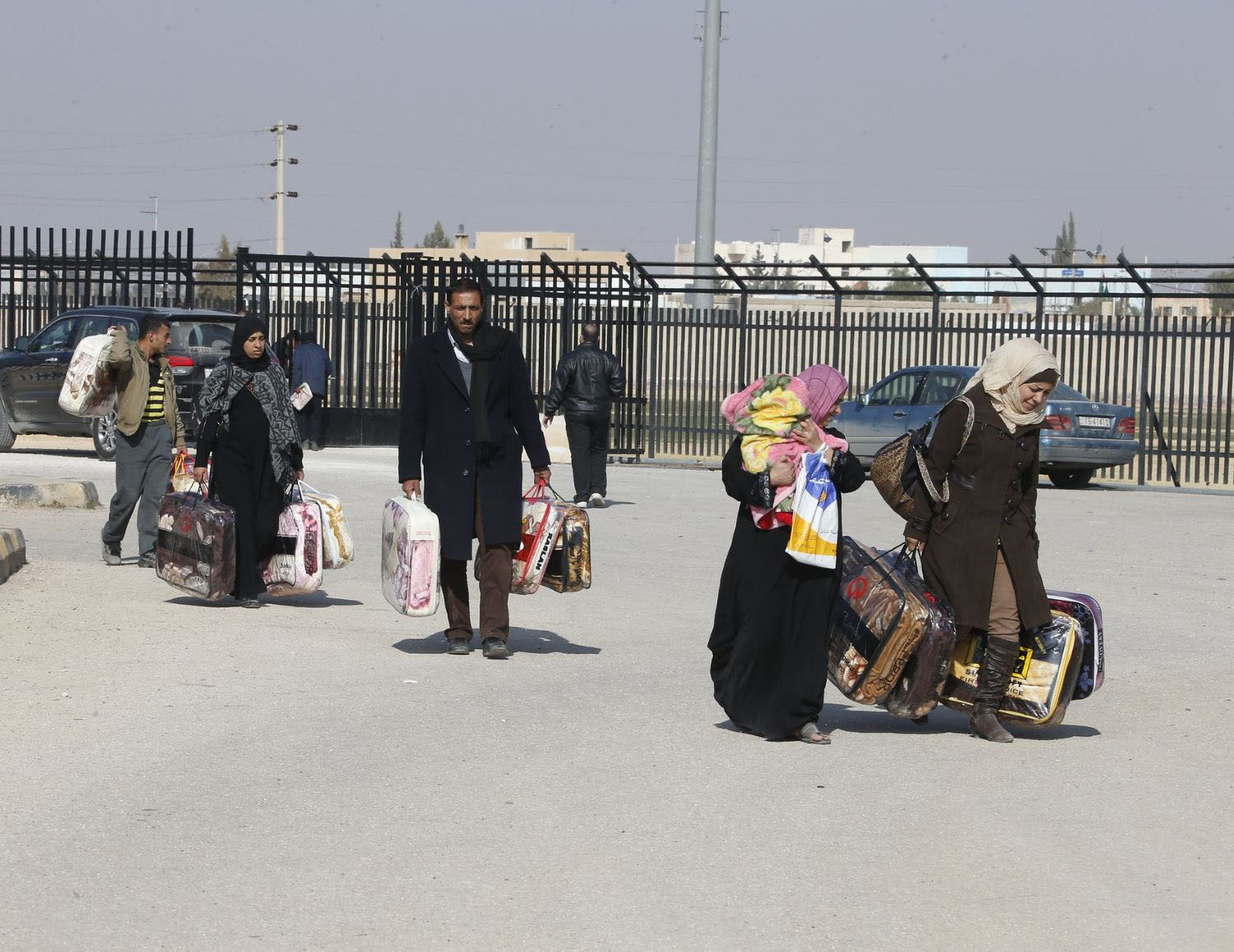Recommended
Signatories of the Grand Bargain, a series of commitments made in 2016 by humanitarian donors and operational agencies to improve the efficiency and effectiveness of aid, met in June to extend the process for another couple of years. This “Grand Bargain 2.0” will have a tighter focus on two broad “enabling priorities:”
- Accelerating the quid pro quo between more “quality” funding (unearmarked, multiyear, flexible), and
- More accountability to and visibility of donors on one hand, and greater support to local responders and more participation of communities on the other hand.
Will it be enough? By all accounts, the Grand Bargain has not delivered transformative change. While this and previous humanitarian reform agendas have helped rationalise the complexity of the humanitarian ecosystem, they haven’t fundamentally changed its business model and in particular, the set of incentives and power dynamics that lead to inefficiencies.
The global scale of the pandemic has not only placed new constraints on the current humanitarian financing model. It has also revealed, once more, chronic difficulties to pre-arrange resources in the face of predictable needs and to channel resources efficiently to the frontlines. As the system faces this and other threats—climate change and an increase in conflict—financial resources are outpaced by the growth in needs. Now is the time to collectively agree more ambitious changes.
An outdated business model
The long-standing line advanced by humanitarian agencies that the system is “broke, not broken” is partially true: there is a gap between their financial requirements and donor contributions that has been hovering at around 40 percent for the past decade. Nevertheless, humanitarian aid has grown fivefold over the past couple of decades, while overall ODA has only tripled.
Figure 1. Total humanitarian funding from 2012-2020 - Source: OCHA FTS
The system might not be broken—it has helped save the lives and uphold the dignity of millions facing crises—but the architecture used to mobilize and channel resources is outdated. The flaws built into the model have been repeatedly diagnosed, but past reforms have failed to fundamentally address them:
Firstly, the way resources are mobilized is fragmented. While joint appeals are increasingly coordinated, they represent an aggregation of the financial needs of various organizations participating in the formal “system.” There is no overall objective measure of financial requirements, or way to objectively prioritize resources within and across crises. The system relies on a small set of donor governments who have different policy priorities, different timeframes, and different grant-making practices.
Secondly, the financing model remains reactionary and short-term by planning programmes and appealing for funds on an annual or rapid-response basis. When in fact, most shocks that result in humanitarian crises—notably those related to the climate or diseases—can be predicted. Over 80 percent of humanitarian aid requirements are in protracted crises that have lasted five years or longer.
Thirdly, because core, unearmarked funding accounts for less than 15 percent of contributions, humanitarian organizations are heavily reliant on the overheads they generate from grants to finance their core functions and capacities. The international humanitarian system is in effect “bilateralized,” as key donors prefer tightly earmarking funds toward their specific priorities.
Finally, this translates into donors allocating most humanitarian finance through UN agencies, who act as the main intermediaries to channel resources to frontline organizations. Donors told us that they lack the administrative bandwidth to administer multiple small grants to local actors. Whilst UN agencies have an incentive, amplified by their role as lead agencies in sector- focused “clusters,” to be the financing intermediary. This contributes to the fragmentation of humanitarian action according to the mandates of those agencies.
Here are three ideas to start modernizing the humanitarian financing model:
1. A common replenishment model for predictable humanitarian requirements
In this model, donors decide to pre-arrange and pool a predictable portion of their humanitarian budgets towards predictable needs on a multi-year basis. Development finance, and private finance, could also contribute. Inspired by vertical funds, the main function of this pool would be to make block allocations to various crises based on objective data, using an independent treasury-like function.
2. Rebalancing crisis-level pooling models
Donors should rebalance crisis-level pooling models by channeling a critical mass of funding through pooled, multi-sectoral mechanisms at the country level. The latter would de facto become the largest source of funding for operational organizations in country, giving them strategic weight to shape country operations in a coherent way. These mechanisms would provide greater transparency and accountability for allocative decisions, improve cost effectiveness, and allow for more efficient resourcing of frontline organizations. These pools could evolve from current UN and NGO-managed funds. They would need to adapt to provide larger volumes of allocations to local actors in a more flexible way; for example, using area-based models and on a multi-year basis.
3. Adequate core funding for core functions
Across the system, donors should allocate adequate core funding for core functions to reduce the reliance on overheads on programs and associated incentives. Donors and agencies should agree what constitutes core humanitarian functions and capacities and a reasonable associated price tag. A commitment by agencies to reducing duplication should be met with a burden-sharing commitment from donors.
Implemented concurrently, these proposals have the potential to start realigning incentives.
To rise to this challenge, humanitarian donors and agencies must agree to address the collective action problem that currently inhibits change. In particular, the few donors that provide most humanitarian finance need to shift a sufficient proportion of their funding to create a sufficient mass that would tilt the balance in favour of collective approaches. There are no insurmountable legislative or institutional obstacles to funding differently. The next step is finding the collective political will to do so.
Disclaimer
CGD blog posts reflect the views of the authors, drawing on prior research and experience in their areas of expertise. CGD is a nonpartisan, independent organization and does not take institutional positions.








